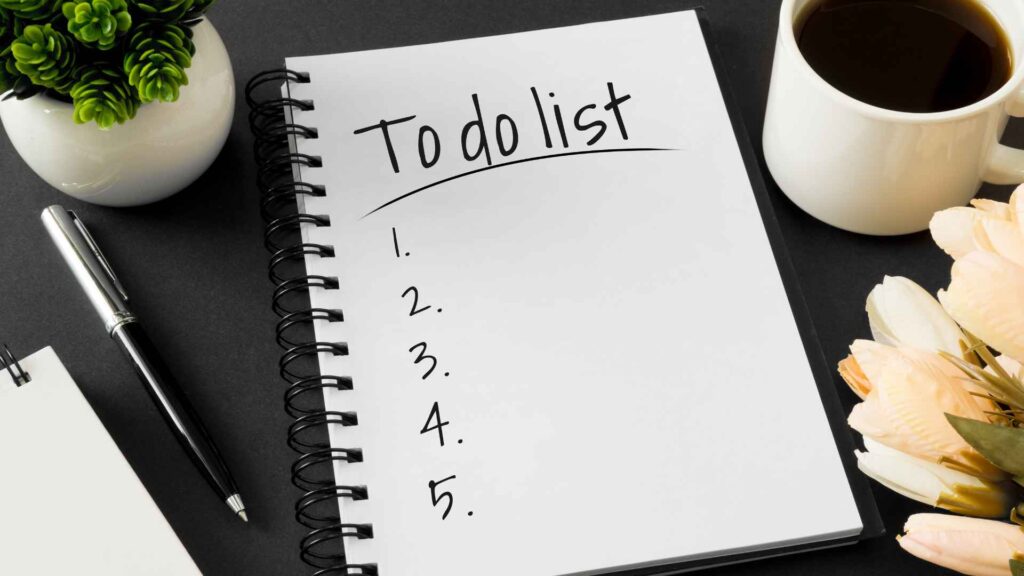Discover comprehensive information for all aspects of sexual health and find resources and guidance to empower your sexual well-being.
The underlying cause as well as the severity of pain determine the varied treatment approaches…
Discover comprehensive information for all aspects of sexual health and find resources and guidance to empower your sexual well-being.
The underlying cause as well as the severity of pain determine the varied treatment approaches…
Erectile dysfunction (ED) is a condition that many men face at some point in their…
Sleep-related painful erection (SRPE) is a rare condition where people get painful erections while they’re…
The pelvic floor muscles are the unsung heroes of our body’s core, providing support to…
Painful erections never indicate normalcy, and sometimes signal a medical emergency. Severe pain may necessitate…
Erectile dysfunction (ED) is a common condition that affects millions of men worldwide, causing distress…
Commitment issues can often manifest in romantic relationships, work, and other personal or professional spheres.…
Overcoming procrastination practically entails understanding what tasks need to be done, how to approach them, and when to tackle them. Clarity, task strategy, and managing time effectively are essential components of this process.
Table of Contents
Toggle
To gain clarity on what tasks or goals need to be accomplished, follow these steps:
Create a ‘To Do‘ list outlining the tasks and goals you need to work on. This list can be organized for the day, week, month, or longer, depending on your circumstances.
Prioritize the tasks on your list, ranking them from most important to least important.
Break down each task into smaller steps or ‘chunks’ required to achieve it.
Estimate the time needed for each step of every task or goal accurately. Note that individuals who procrastinate often overestimate or underestimate task durations, so consider timing tasks to improve accuracy in estimating time requirements.
When considering how to approach a task, there are several methods you can try to make it easier. Keep in mind that not all methods are suitable for every person or situation, so experimentation may be necessary to determine what works best for you in different circumstances.
Begin by tackling the most challenging task first, so that all subsequent tasks seem easier in comparison.
Start with a task that you enjoy and find energizing, and then quickly transition to a task that you have been avoiding, without taking a break in between.
Commit to spending just 5 minutes on the task. This short timeframe may feel more manageable, and at the end of the 5 minutes, reassess if you can continue for another 5 minutes, and so on.

Allocate a specific amount of time to work on the task, such as 30 minutes, and adhere strictly to this timeframe without extending it, even if you feel capable of continuing.
Identify the time of day when you feel most productive, energized, or creative, and utilize this period to initiate your tasks or goals. The aim is to tackle tasks during your peak performance hours.
Recognize environments where you are most productive and those with distractions that lead to procrastination. If necessary, isolate yourself to minimize social and other distractions.

Seize the moment as soon as you remember a task that needs to be done, and take immediate action to follow through.
Employ visual reminders and prompts if you tend to forget tasks and indulge in procrastination. Place notes or lists in visible locations such as on the fridge or bathroom mirror, or set reminders on your mobile phone.
Use mental imagery to vividly visualize the successful completion of the task, and leverage the momentum from this visualization to initiate action in real life.
When feeling unsettled, take a moment to close your eyes and focus on your breath. Practice slow, deliberate breathing for 5-10 minutes to calm and center yourself before returning to the task.
Establish rewards for yourself after accomplishing tasks or as a well-deserved break. By rewarding yourself for small achievements, you’ll feel less deprived and consequently procrastinate less.
To determine when you can tackle your tasks and goals, effectively manage your time availability by utilizing a timetable. There are two approaches you can take:
This method involves creating a structured timetable where you outline your existing commitments and routines. Then, you allocate specific times in your week for completing the tasks and goals you’ve been delaying.
This approach offers more flexibility. Similar to scheduling, you begin by noting down your existing commitments and routines. This allows you to identify blocks of free time in your week that can be dedicated to the tasks and goals you’ve been procrastinating on. During these free time blocks, mark on your timetable every 30 minutes spent working on a task or goal.
To stop procrastinating, acquire strategies to dismiss excuses, adopt techniques to cease procrastination, and implement tips for challenging unhelpful rules. Expect that progress will require ongoing effort, resilience, and acceptance of setbacks. Acknowledge that progress may not always be linear, but setbacks are normal. Embrace the journey with the understanding that setbacks are a natural part of the process.
Reference: Self-Help Resources – Information Sheets & Workbooks. (n.d.). https://www.cci.health.wa.gov.au/Resources/Looking-After-Yourself
Dr. Nishtha, a medical doctor holding both an MBBS and an MD in Biochemistry, possesses a profound passion for nutrition and wellness. Her personal journey, marked by significant struggles with physical and mental health, has endowed her with a unique empathy and insight into the challenges countless individuals face. Driven by her own experiences, she leverages her background to offer practical, evidence-backed guidance, empowering others on their paths to achieving holistic well-being. Dr. Nishtha truly believes in the interconnectedness of the mind and body. She emphasizes the significance of understanding this connection as a crucial stride toward attaining balance and happiness in life.

